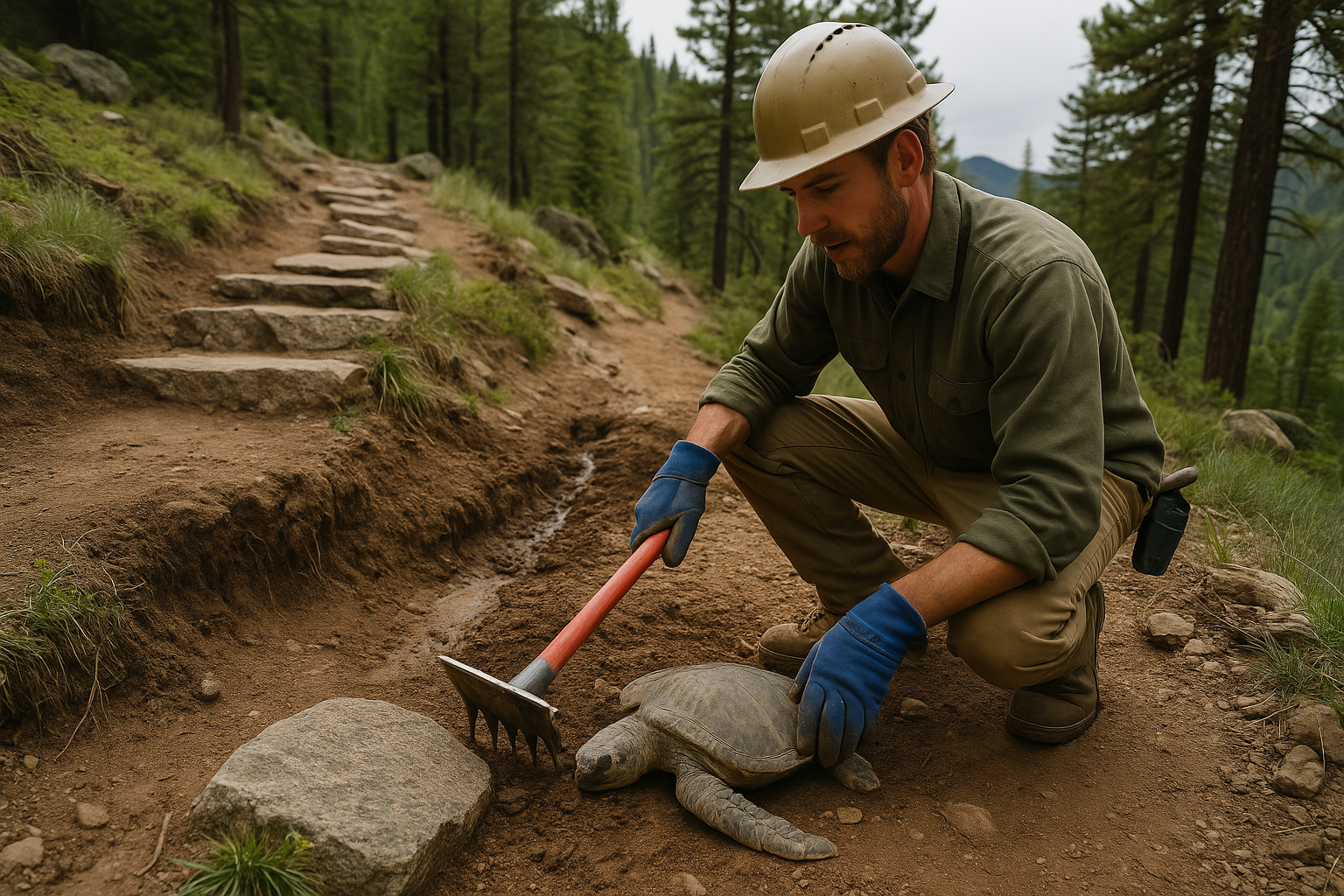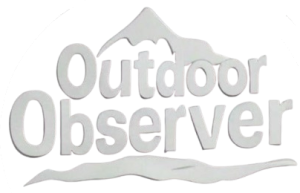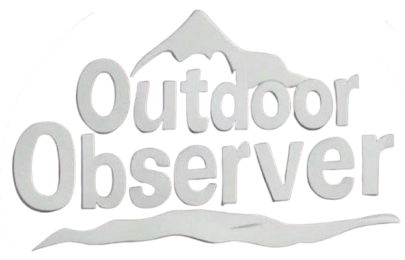This Content Is Only For Subscribers
I’ve spent the last four years volunteering with a local trail restoration crew in Colorado, working mostly in the backcountry sections of popular national forests. From early spring to late fall, we haul tools into the woods, repair washed-out paths, rebuild switchbacks, and clear debris. It’s quiet work, often hard and unseen. But what keeps us going is the knowledge that we’re preserving access to wild spaces—for everyone.

That’s why it’s frustrating when the damage caused by a few disrupts the experience for so many.
Over the past season, we’ve seen an alarming rise in trail degradation caused not by natural erosion or storms, but by careless behavior. Makeshift campsites carved into fragile alpine tundra, shortcuts that slice through switchbacks, mountain bikers ignoring trail restrictions, and trash—everything from food wrappers to broken gear—left behind as if the forest were a landfill.
I remember one particular trail, a scenic loop around a high-elevation lake. It had taken us three summers to stabilize the steep sections using rock steps and water bars. In July 2024, we came back after a rainy week only to find that someone had illegally ridden a dirt bike through the area, tearing up entire sections of the slope. The erosion damage was severe. Sediment flowed into the lake, and the switchbacks had to be closed. We’re now back at square one, and a favorite trail is off-limits for the foreseeable future.
People often forget that trail systems are not self-sustaining. They require consistent upkeep, labor, and funding—most of which comes from volunteers or nonprofit organizations operating on tight budgets. Every time someone carves a new path to “save time,” they set off a chain reaction that leads to soil compaction, plant loss, water runoff, and eventually, closures. It’s not just frustrating—it’s demoralizing.
And it’s not just us who suffer. Other hikers, especially families and new outdoor enthusiasts, often show up unaware that their favorite trail is suddenly closed or treacherous due to misuse. Accessibility suffers. The trails become less safe, less scenic, and less welcoming.
We want people to explore and enjoy these incredible places. That’s the entire point. But enjoyment must come with stewardship. Respect trail markers. Stick to established paths. Pack out what you pack in. Leave no trace isn’t just a slogan—it’s what makes this lifestyle possible for everyone else. Trail restoration isn’t glamorous. But it’s necessary. So next time you’re out on a hike, remember: someone gave their weekend—or their summer—to keep that trail open. Do your part to keep it that way.



